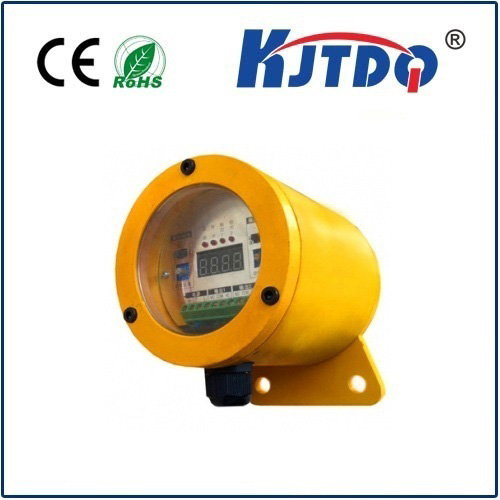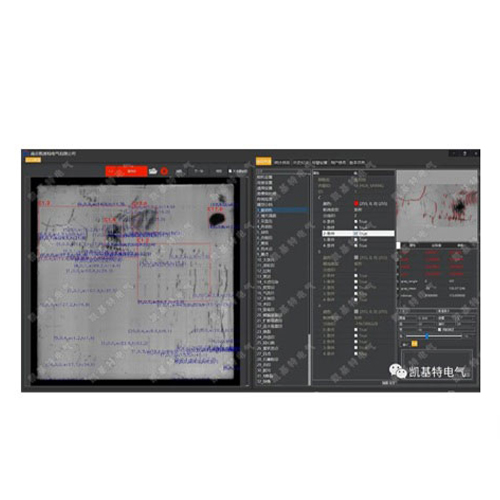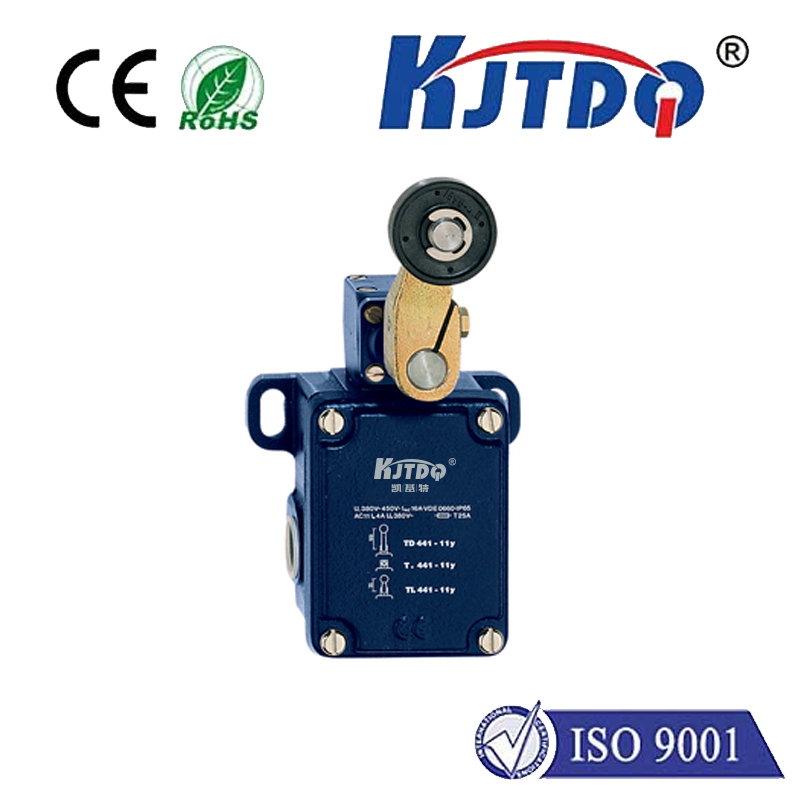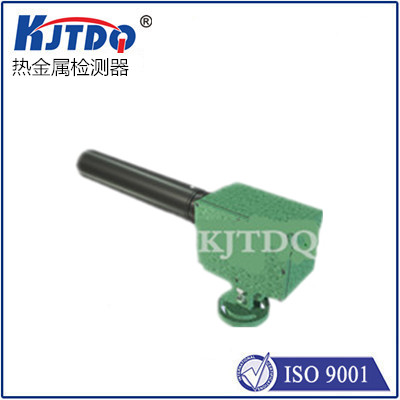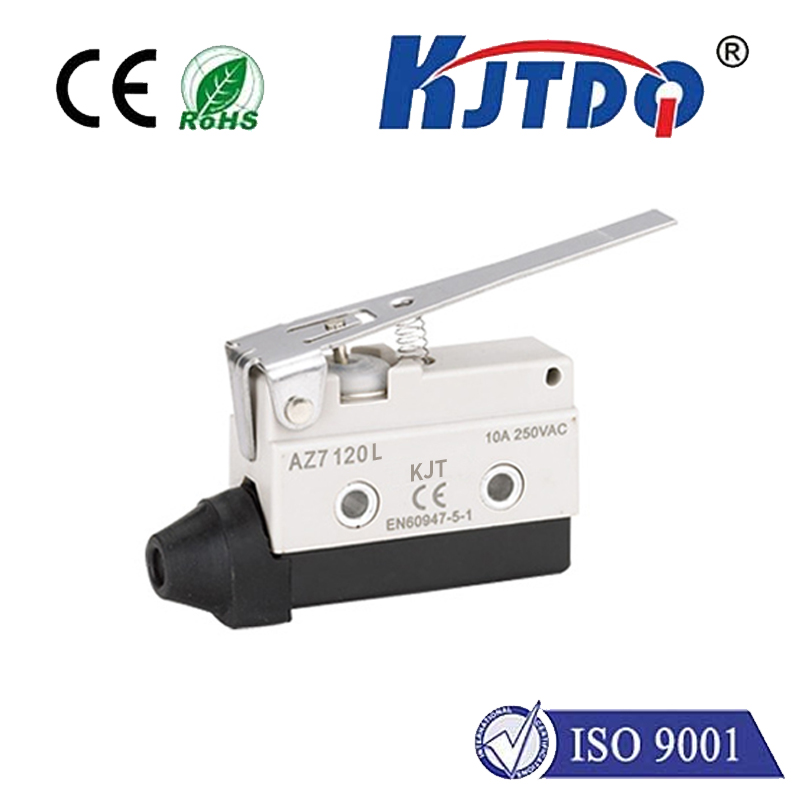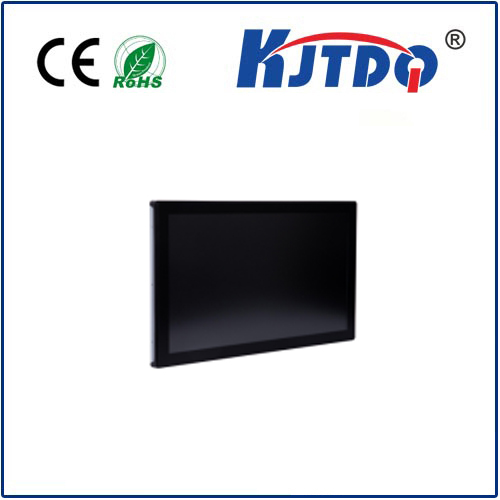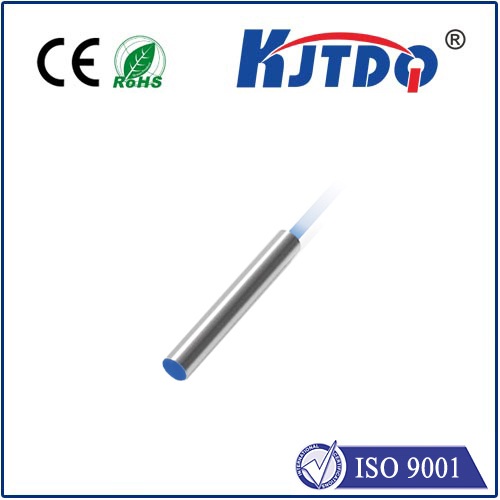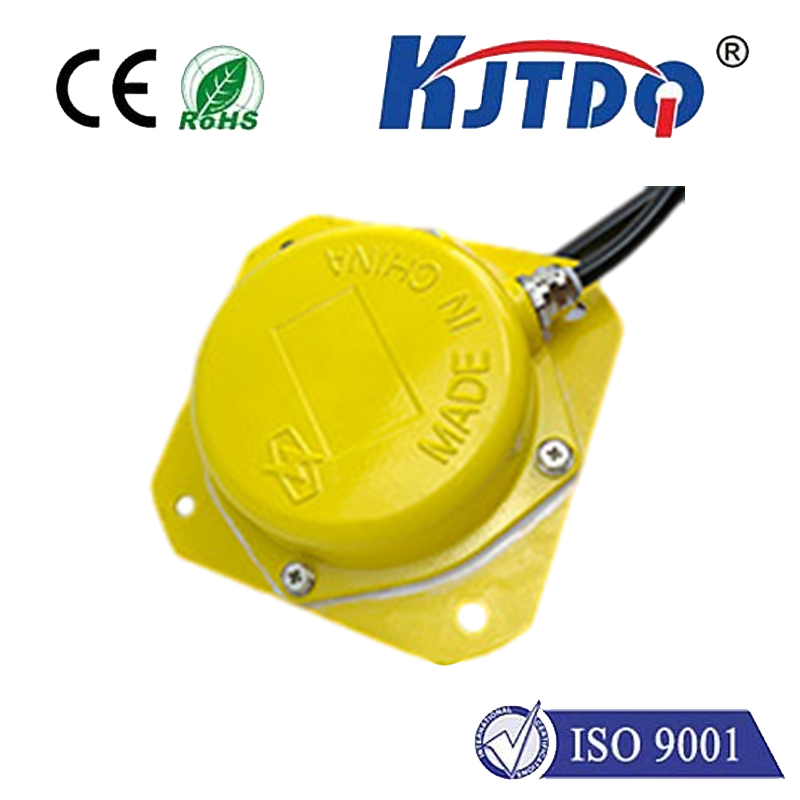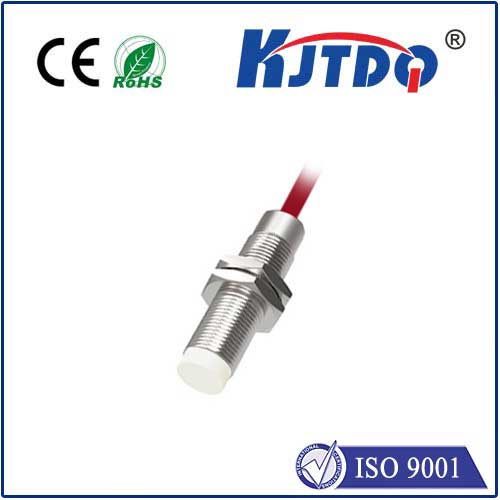ограничитель поворота
- time:2025-08-07 00:10:15
- Нажмите:0
Slewing Limit Switches: The Unseen Guardians Against Over-Rotation Hazards
Imagine a towering construction crane gracefully hoisting vital materials hundreds of feet into the air. Now, picture that same giant slowly, inexorably, rotating further than its design allows. Without a crucial safeguard, this could lead to catastrophic failure – damaged equipment, structural collapse, or worse. This is where the unassuming yet vital ограничитель поворота steps in, acting as an indispensable sentinel for rotational safety in countless industrial applications.
Understanding the term is key: “Slewing” refers to rotational or pivoting movement around a vertical axis, common in cranes, excavators, wind turbines, radar systems, and satellite dishes. The ограничитель поворота is precisely engineered to monitor this rotation, sensing when the equipment approaches its designated safe rotational boundaries and initiating actions (like cutting power or triggering alarms) to prevent dangerous over-rotation. It’s fundamentally a ограничитель вращения specialized for monitoring angular position.
The Core Mechanism: How Slewing Limit Switches Operate
At its heart, a slewing limit switch functions as an angular position sensor and safety interrupter. It typically consists of:

- A Rotary Actuator/Input Shaft: This connects directly to the rotating part of the machinery (like a crane’s slewing ring) or via gears/pulleys. As the machinery rotates, so does this shaft.
- Precision Cams: Fixed onto the input shaft are specially shaped cams. The profile of these cams dictates the switching points.
- Microswitches or Proximity Sensors: Stationary switches positioned around the cam path. As the cam rotates, its high spots (lobes) physically depress levers on mechanical microswitches or actuate proximity sensors.
- Control Circuitry: When a cam actuates a switch, it changes the state of an electrical circuit. This signal is sent to the machine’s control system (PLC, drive controller) to perform the required action – typically stopping or reversing the slewing motion.
The brilliance lies in the adjustability. By carefully setting the angular position of the cams relative to the input shaft, engineers can define the exact degrees of rotation where the ограничитель поворота triggers. This allows for the setup of both primary operating limits and critical backup emergency limits.
Where Slewing Safety is Non-Negotiable: Key Applications
Preventing uncontrolled rotation is critical across numerous sectors:
- Construction & Material Handling (Cranes): Tower cranes, mobile cranes, and gantry cranes rely heavily on these switches. They prevent the crane boom from striking the cab, other structures, or rotating into areas where counterweights could become unstable or cause collisions. Ensuring crane safety is paramount.
- Mining & Heavy Machinery: Large excavators, stackers, and reclaimers handling bulk materials use slewing limit switches to define their working envelope safely, avoiding over-rotation that could strain structures or cause instability.
- Shipping & Port Operations: Ship-to-shore cranes (STS), rubber-tired gantry cranes (RTGs), and bulk handling equipment depend on these devices for safe, precise positioning over vessels and storage areas. Corrosion-resistant models are often essential.
- Возобновляемые источники энергии: Wind turbines utilize slewing limit switches within their yaw drives. They define the maximum allowable rotation of the nacelle to prevent excessive cable twist (“cabling”), which could damage power and data lines – a critical rotational safety function.
- Industrial Automation & Manufacturing: Automated welding cells, turntables, indexing tables, and robotic arms performing rotary motions require precise angular control. Slewing limit switches provide reliable end-of-travel detection for positioning and safety interlocks.
- Воздушно - космические и Оборона: Radar systems, satellite communication dishes, and missile launchers need extremely accurate angular positioning limits, often demanding high-precision, robust industrial limit switches.
Essential Features Defining Performance and Reliability
Not all slewing limit switches are created equal. Key features demanding consideration include:
- Robustness & Environmental Protection (IP Rating): These devices often operate outdoors, exposed to dust, moisture, temperature extremes, vibrations, and corrosive elements. High IP ratings (e.g., IP65, IP67, IP69K) are crucial for longevity. Rugged, often die-cast aluminum or stainless steel housings offer superior protection.
- Multi-Turn Capability: Many applications require monitoring rotations beyond 360 degrees. High-quality slewing limit switches offer multi-turn capabilities, sometimes exceeding 1000 turns, using internal gearing mechanisms.
- Adjustability & Precision: Easy, tool-free or simple tool adjustment of cam positions is vital for accurate setup and field recalibration. Repeatability (the ability to trigger at the exact same point consistently) is critical for reliable over-rotation prevention.
- Switch Mechanism Reliability: Options include robust snap-action microswitches for direct mechanical action or non-contact proximity sensors (inductive, magnetic) offering longer life and insensitivity to dirt/dampness. Gold-plated contacts enhance electrical reliability.
- Number of Switching Points: Complex machinery requires multiple signals. Switches often provide 2, 4, 6, or more independent switching contacts, allowing configuration of primary limits, emergency limits, zone indications, or homing signals.
- Fail-Safe Design: In critical safety applications, designs incorporate features that cause the switch to default to a “safe” state (e.g., triggering a stop) if the device itself fails or loses power. This fail-safe principle is vital for maintaining industrial safety.
- Electrical Ratings: The switch contacts must reliably handle the voltage and current (AC/DC) required by the control system, whether switching a PLC input, a relay coil, or occasionally directly interrupting motor power (though often done via contactors).
Selecting the Right Slewing Limit Switch: Critical Factors
Choosing the optimal device requires careful analysis:
- Rotation Speed & Torque: Ensure the switch’s maximum input speed and torque handling capacity exceed the application’s requirements. High-torque starts can damage switches not rated for them.
- Required Number of Turns: Precisely determine the maximum number of rotations the switch must monitor. Don’t underestimate.
- Switching Precision & Adjustability: How accurately must the switch trigger? How easy is adjustment during installation and maintenance?
- Harshness of Environment: Evaluate exposure to water, dust, chemicals, temperature, and vibration. Select IP rating and housing material accordingly.
- Safety Integrity Level (SIL) Requirements: For applications demanding high safety performance (e.g., cranes lifting people), select switches designed and certified to meet specific Safety Integrity Levels.
- Necessary Electrical Outputs: Determine the number and type (NO/NC) of contacts needed and their required voltage/current ratings. Proximity sensors require compatible power supplies and controllers.
- Mounting & Drive Connection: Ensure compatibility with the machinery’s mounting points and how the rotational motion will be coupled to the switch’s input shaft (direct, chain, gear, cam follower).
The Undeniable Value: Safety, Downtime Prevention, and Longevity
Investing in a high-quality, correctly specified ограничитель поворота delivers profound benefits:
- Prevents Catastrophic Accidents: This is paramount. By physically halting uncontrolled rotation, these devices protect personnel, infrastructure, and the equipment itself from potentially devastating collisions or structural failures. They are fundamental to machinery safety protocols.
- Minimizes Costly Downtime: Preventing damage caused by over-rotation avoids expensive repairs, replacements, and prolonged operational stoppages. The switch is a small investment guarding against massive potential losses.
- Extends Equipment Lifespan: By preventing mechanical stresses and overloads induced by exceeding design limits, slewing limit switches contribute significantly to the overall longevity of rotating


